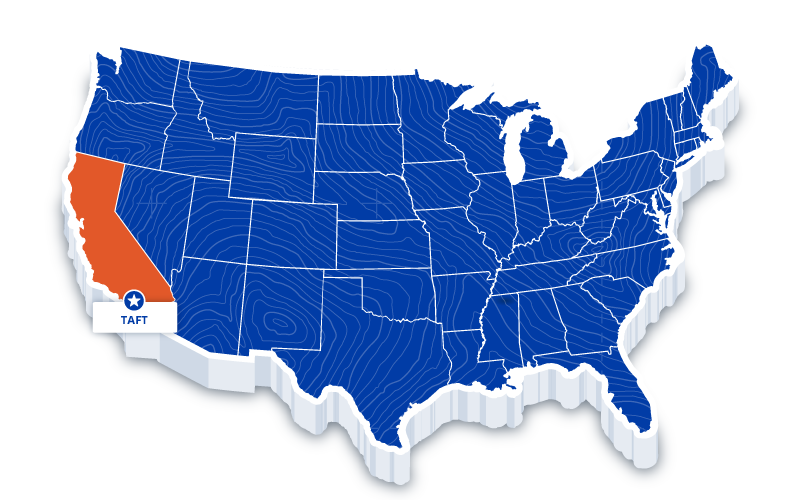Minerals
Oil-Dri currently controls hundreds of millions of tons of specialty mineral reserves. We focus on processing three unique mineral types from six locations across the United States and Canada. Based-on geological exploration and material research, Oil-Dri has selected these six specific locations in order to harness the properties of these unique minerals.
Our mineral ore primarily contains hydrated aluminosilicate minerals, showing low-bulk density, high surface area, and extensive porosity. Such physical features impart the versatile performance benefits of a high absorption capacity for fluids and numerous adsorptive sites for binding impurities.
Bentonite clay is a sedimentary rock that formed millions of years ago from the alteration of siliceous sediments deposited over long geologic time spans. A particular type of this bentonite clay contains a unique combination of non-swelling minerals which are primarily calcium-montmorillonite phyllosilicates and amorphous opaline-silica lepispheres.

Attapulgite, which is a hydrated magnesium-iron aluminosilicate, displays a needle-shaped mineral structure. It is a lightweight sorptive clay because of it’s large surface area and extensive interconnected porosity. Attapulgite crystals form the mineralogical version of Swiss cheese, where the voids in the structure can be filled with liquids of all types, allowing for the absorption of liquids and unwanted color-bodies.

Diatomaceous shale is altered rock primarily made from the fossilized remains of tiny, aquatic organisms called diatoms, along with minor amounts of clay minerals. Over millions of years, these small organisms collected in the sediments of rivers, streams, lakes, and oceans, and then become deeply buried and altered into hydrous opaline aluminosilicates. Diatomaceous shale is very fine and porous.

